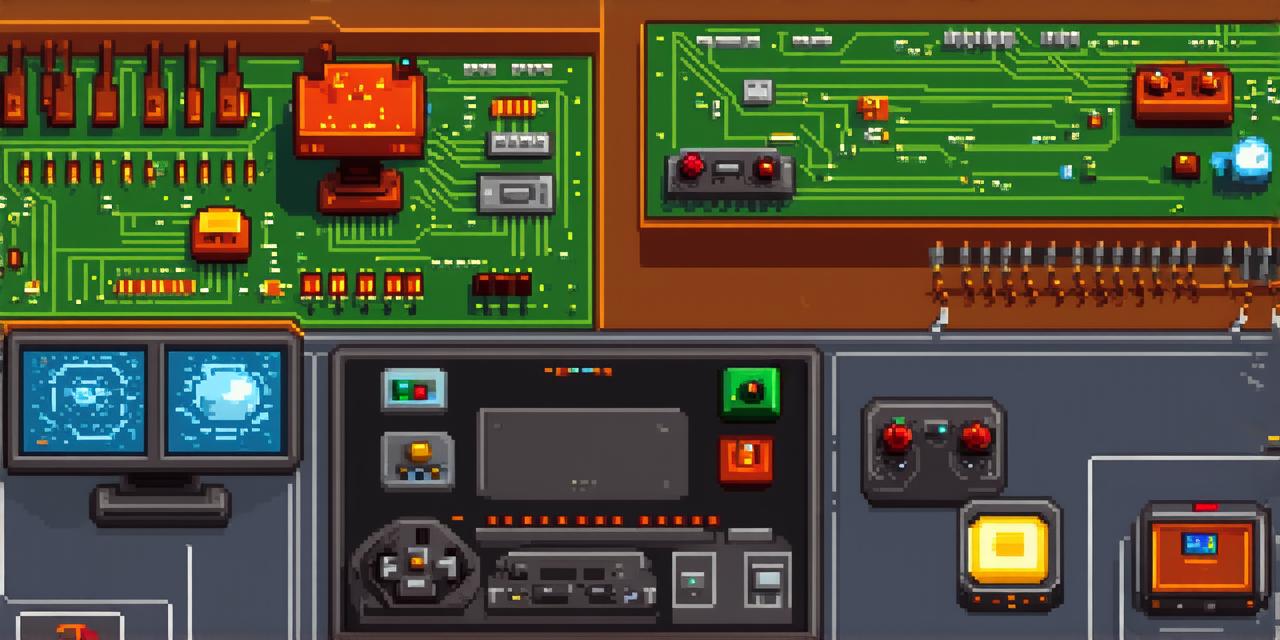Video games are becoming increasingly complex, and as they do, the role of mathematics in game design becomes more crucial. From physics simulations to procedural generation algorithms, math is used in nearly every aspect of video game development.
Physics Simulations

One of the most well-known applications of math in video game design is physics simulations. Games like Grand Theft Auto V, Red Dead Redemption 2, and Forza Horizon use complex physical models to create realistic driving, flying, and shooting experiences.
These simulations rely on equations that describe how objects move through space and interact with one another. For example, in GTA V, the game uses a physics engine called Havok to simulate the behavior of cars, planes, and other vehicles. Havok’s physics model takes into account factors like mass, gravity, friction, and air resistance to create a realistic driving experience.
Similarly, Red Dead Redemption 2 uses a physics engine called Euphoria to simulate the behavior of horses, trains, and other animals in the game world.
Procedural Generation Algorithms
Another way that video game designers use math is through procedural generation algorithms. These algorithms generate content in real-time based on specific parameters or rules. This allows game designers to create vast game worlds with minimal effort, as the algorithm will generate unique content for each player.
One example of a procedurally generated game world is Minecraft. The game uses a mathematical formula called Perlin noise to generate terrain and other features in the game world. Perlin noise takes in parameters like height, width, and depth, and generates a random value based on those parameters. This allows for an infinite number of unique game worlds to be created, each with its own distinct terrain and features.
Another example is the game No Man’s Sky. The game uses an algorithm called voxel-based rendering to generate vast procedurally generated landscapes. Voxel-based rendering involves breaking up the game world into small cubes and generating content for each cube based on specific rules. This allows for a virtually infinite number of unique planets and other celestial bodies to be created, each with its own distinct terrain and features.
Real-Time Optimization
In addition to physics simulations and procedural generation algorithms, video game designers also use math to optimize their games for real-time performance. This is especially important in games that require high frame rates and fast load times, as even a small delay can lead to a frustrating gaming experience.
One example of real-time optimization is the use of LOD (Level of Detail) systems. LOD systems adjust the level of detail in game objects based on their distance from the camera. This allows for lower-resolution versions of game objects to be rendered when they are far away, reducing the load on the system and improving performance.
Another example is the use of compression algorithms to reduce the size of game assets. Compression algorithms work by finding patterns in game data and encoding them more efficiently. This can significantly reduce the amount of memory needed to store game assets, allowing for faster load times and improved performance.
Case Studies
To further illustrate how video game designers use math, let’s look at some real-world examples.
One example is the game Half-Life 2, which uses a physics engine called Source to simulate the behavior of objects in the game world. Source was developed by Valve Corporation and is based on the Havok physics engine.



